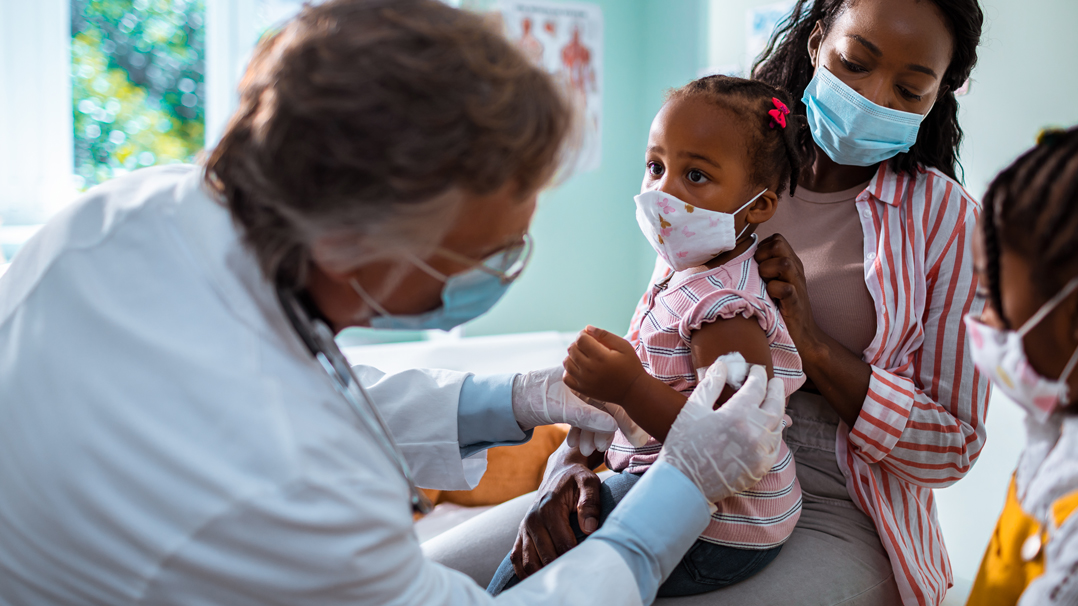
Across a divided and suffering America, many are united by hope for a safe and effective COVID-19 vaccine in the coming months.
Creating a vaccine is a massive undertaking. Manufacturers and governments are preparing to quickly produce and procure hundreds of millions of doses. Yet that heroic effort will be wasted if the country’s health care system, and individuals, are not prepared.
It is no small task: In the United States, roughly 200-250 million people will need to be vaccinated to achieve herd immunity. Even if a million per day are immunized, it would take more than six months.
“We can dramatically shorten and decrease the impact of this pandemic in our country, but not without cooperation and sacrifice from all Americans,” said Dr. Steve Miller, Cigna’s chief clinical officer. “Individuals must get their flu shots as early as possible, and our country’s leadership, along with industry, must stand up a vaccination infrastructure that can work with military-like precision and capacity to deliver COVID-19 vaccinations when they become available.”
Data from the Centers for Disease Control and Prevention (CDC) show that in the 2018-19 flu season, only about 45 percent of adults received their flu shot. That is not enough, and with people avoiding routine and preventive health care for fear of contracting coronavirus this year, everyone should tell family members, neighbors and friends that it is safe to get a flu shot. In fact, every health system, hospital, clinical and medical office should raise awareness and outreach to achieve full flu immunization.
The benefits of increased immunization are two-fold. It can minimize the number of patients that get the flu and subsequently reduce usage of an already overburdened health care system. And only by getting flu vaccinations up and running, and exercising the infrastructure, our system will be ready to maximize COVID-19 vaccines and shorten the pandemic.
Secondly, health care leaders, from policymakers and pharmaceutical manufacturers, through the supply chain, to sites of care, must assess and augment capacity and systems needed to effectively deploy vaccines as soon as they become available. The country cannot afford missteps, or divisions, as lives are depending on this cooperation.
More than 5 million of Americans have tested positive for COVID-19 and more than 170,000 have died. The economic consequences also are extreme, with estimates for this year and beyond of gross domestic product (GDP) loss near $8 trillion.
Yet, there is a pathway forward which is supported by science and data from around the world. That includes everyone wearing face masks when in public and encountering others; staying six feet away from other people and avoiding large groups. And, get your flu shot.
These measures, along with preparing for a COVID-19 vaccine, would make a huge difference – but only if we all do it together.